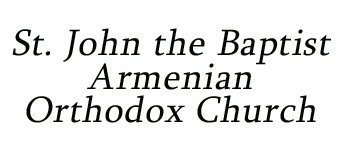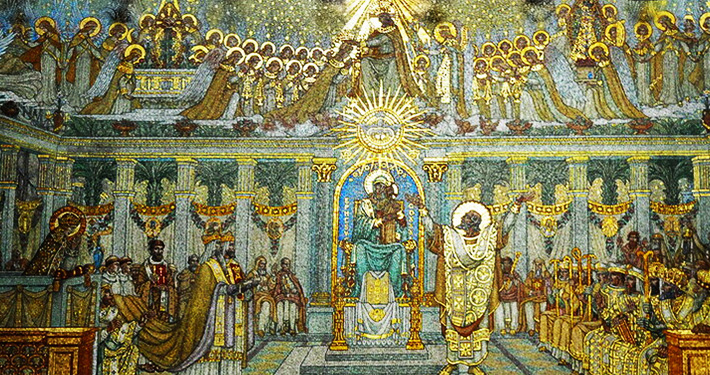THE PIOUS KING AND THE DEFENSE OF ORTHODOXY: EMPEROR ST. THEODOSIUS II’S LEGACY IN CHURCH AND STATE
January 20, 2024
Emperor St. Theodosius II
Emperor Theodosius II, who started his rule over the Roman Empire in 408 at the tender age of seven, succeeded his father, Arcadius. Known as “the Younger” to differentiate him from his grandfather, Emperor Theodosius I the Great, his reign is notable for two major accomplishments: the promulgation of the Theodosian law code and the construction of the Theodosian Walls in Constantinople. His sister, Pulcheria, played a crucial role in his life, instilling in him a deep Christian piety and a strong devotion to the Orthodox Faith.
During his reign, Theodosius the Younger, with Pulcheria’s guidance, was a staunch supporter of the Orthodox Faith, ensuring the preservation of its doctrines. This commitment was exemplified on November 19, 430, when he decreed the convening of the Third Ecumenical Synod. The Synod, which met on June 22, 431, in Ephesus, was significant for its condemnation of the heretical teachings of Nestorius. In a notable event in 438, Theodosius II and Pulcheria triumphantly welcomed the relics of St. John Chrysostom back to Constantinople.
Theodosius II’s reign ended tragically in 450, following a fatal riding accident. However, his fervent piety and significant contributions to the Orthodox Church were recognized posthumously, leading to his induction into the chorus of saints. In the Evergetinos, the following beneficial story is told related to this Emperor, whom St. Nikodemos the Hagiorite calls “the lover of monastics.”
A Historic Council in Ephesus and The Rival Theologians
In A.D. 431, a significant event that would shape the course of Christian orthodoxy took place in Ephesus, under the auspices of Roman Emperor Theodosius II. This was the Third Ecumenical Council, a gathering that brought together intellectual giants of the early Christian church to debate and define the nature of Christ. The council was marked by a theological clash between two prominent figures: Patriarch Nestorius of Constantinople and Bishop Cyril of Alexandria. Nestorius, advocating a doctrine that emphasized the distinct separation of Christ’s human and divine natures, faced fierce opposition from Cyril. Known as the “Doctor of the Incarnation,” Cyril argued for the inseparable union of these natures.
The Controversy over Mary’s Title
A central point of contention was Nestorius’ denial of the title “Theotokos” (God-bearer) for the Virgin Mary, proposing instead that she should only be acknowledged as the mother of the human Jesus. This assertion was met with outrage from Cyril and a substantial faction within the early church, who viewed it as a direct challenge to the established understanding of Christ’s nature. The council, involving over 200 clergymen from major Christian centers, was not just a theological debate but also a display of political maneuvering and strategic alliances, often described as “Byzantine intrigue.” The arguments presented were deeply entrenched in both religious conviction and the ecclesiastical politics of the time. Ultimately, the council condemned Nestorius as a heretic, leading to his deposition and exile. It endorsed Cyril’s stance, affirming the doctrine of Christ as the Incarnate Word of God and officially recognizing Mary as the Theotokos – God-Bearer.
The Armenian Church’s Stance
Interestingly, during this period, the Armenian Church was preoccupied with its conflicts with Persia and could not participate in the council. However, led by the influential Catholicos St. Sahag, who was instrumental in creating the Armenian alphabet, the church later aligned itself with the council’s decisions, integrating them into its theological foundation alongside the outcomes of the earlier councils of Nicaea and Constantinople. The Council of Ephesus’s influence extends to modern times, particularly within the Armenian Church. The term “Asdvadzadzin,” the Armenian equivalent of Theotokos, is not only used reverently for St. Mary but also names numerous Armenian churches. Additionally, the Armenian Church celebrates a feast day honoring the “200 Fathers of the Holy Council of Ephesus,” a testament to the enduring legacy of this pivotal moment in Christian history. As we celebrate the feast of St. Theodosius the King, it serves as a reminder of the profound impact that theological debates and ecclesiastical decisions have had on shaping religious beliefs and practices throughout the centuries.



